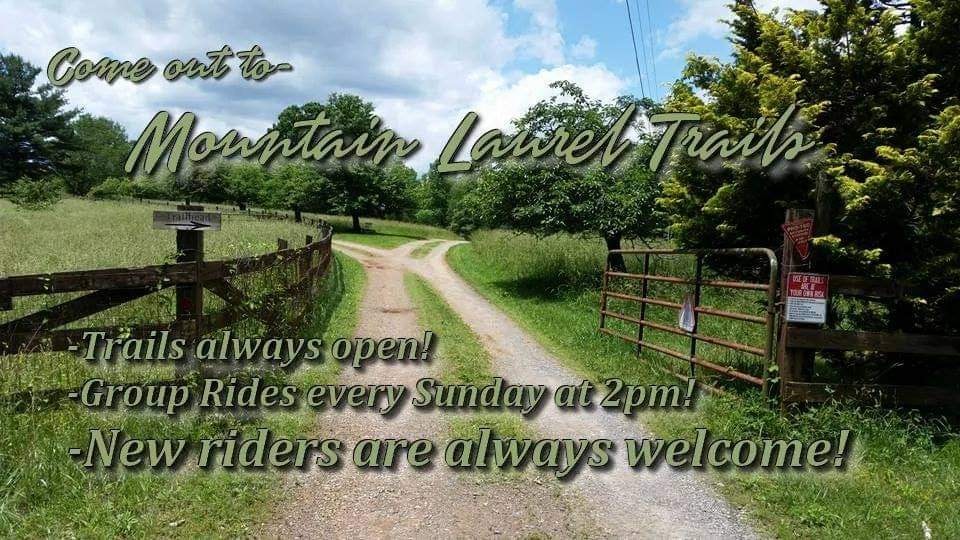Borrowed from: The International Mountain Bicycling Association Website
10 Most Common Trailbuilding Mistakes
For as long as humans have been following trails, we’ve been making mistakes on trails. Still, our missteps – whether they left us in the digestive tracts of saber-toothed beasts or wandering the intestinal roadways of trail-encroaching suburbs – usually only affect ourselves. When trailbuilders make mistakes, however, they affect everybody. Trail users, land managers, vegetation and wildlife all feel the sting of the well-meaning but inexperienced trailbuilder. In our travels, we often see the same mistakes again and again, but the good news is they can all be avoided. In an effort to bury them alongside dinosaurs in the evolutionary graveyard, we bring you the top 10:
- Not Getting Land Manager Approval
- Falling for the Fall Line
- We know, we know: you just want to build trails. But believe us when we tell you that nothing – not a single darned thing – more important before starting trailwork than the approval of the land owner or manager. In our experience, a failure to secure permission is the single biggest cause of trail closures. When it comes to building trails, to ask for forgiveness is not better than to ask for permission.
- Guessing the Grade
- Put simply, fall line trails are erosion nightmares. They turbo-charge natural and user-created erosion, exposing rocks and roots and generally living short lives before becoming loose, wide, ecosystem-damaging disasters. To build trails that last, use the Half Rule: trail grade, or steepness, shouldn’t exceed half the grade, or steepness, of the hillside; and the 10 Percent Rule: overall trail grade should be 10 percent or less.
- Going Against the Flow
- Nobody, no matter how masterful their eye, can guess trail grades right every time. Trust us, we know. Sure, it’s fun to try, but use a clinometer to confirm the grade whenever you’re laying out trail – it’s worth a regiment of self-powered, Fantasia-style Pulaskis, because no amount of trailwork can fix a trail built on an unsustainable grade. If you don’t have a clinometer, we highly recommend an investment in this indispensable tool.
- Half Bench is Half Baked
- Not even race courses – which are sometimes designed with erratic flow to throw off a racer’s rhythm – should make this trailbuilding faux pas. All trailbuilders should make “smooth transitions” their mantra. Bad flow, especially fast sections leading into sharp turns, is a primary cause of user conflict. When you are building, think flow – it’s the key to an enjoyable trail.
- The West Virginia Climbing Turn
- The only time you should ever skimp on a fully bench cut trail is (1) when the sideslope is so steep – 80 percent or greater – that the backslope exceeds six feet in height, or (2) when your trail design forces you to build close to the downhill side of a large tree. In both cases, a proper crib wall should be built to support your partial bench, and, as in all trails, the tread should maintain a five to seven percent outslope.
- Building Houses of Straw
- Our friends in West Virginia affectionately gave this name to some of their steep, fall line turns, and while they’ve gotten away with it in a few locations because of the soil and user types, most fall line turns will erode badly. If you want your climbing turns to endure, build them on sideslopes with no steeper than a seven to 10 percent grade.
- Finishing a Line Before Its Time
- Remember the little piggy who built his house with straw? He got chowed by a wolf. Using shoddy materials when building trail structures leaves you and others similarly vulnerable by reducing the structure’s safety and longevity. This opens the door to things like pain, guilt and even lawyers. Build it right. Keep the wolves at bay.
- Building a Pathway to Grandma’s House
- We heartily support on-the-trail training, but some new trailbuilders are so eager to keep building more! new! better! trails that they don’t devote enough time or care to each new trail section. Resist the temptation to move forward. Don’t finish a line before its time, and always patch past mistakes.
- Ignoring Old Wounds
- This is what we call some trailbuilders’ obsession with lining trail with logs. A properly constructed trail shouldn’t need them. In fact, lining a trail with logs can trap water and increase erosion.
- As mountain bikers we may think our scars are cool, but scars on the land left by closed trails are damaging wounds that need to heal. Always reclaim eroded areas with check dams – natural obstacles like logs or rocks that divert the flow of water and soil – and reclaim all closed trails with transplanted native vegetation that conceals the old corridor. Shine the spotlight on the great trails you’ve built, not the ugly scars that have been left behind.












